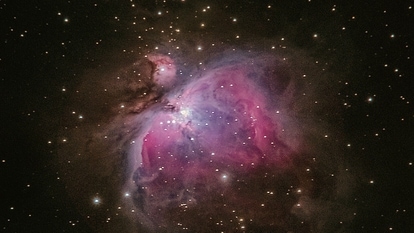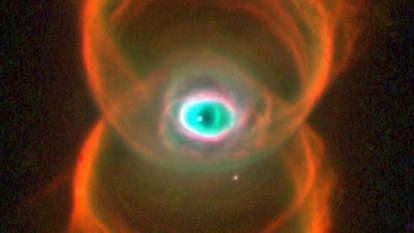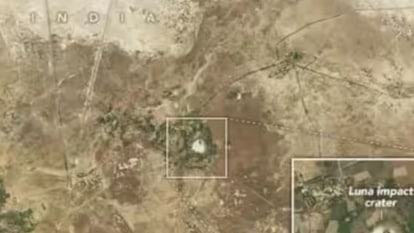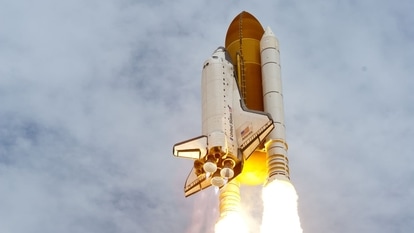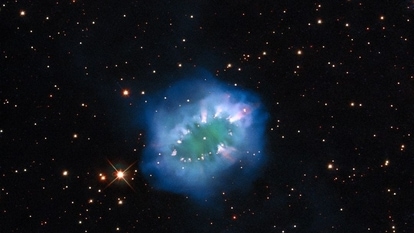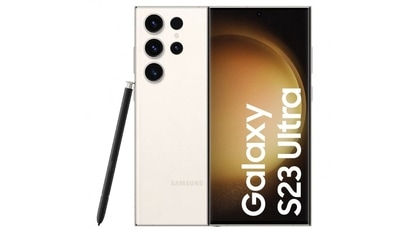Breathtaking! After James Webb Telescope, Hubble Telescope snaps the Carina Nebula
NASA has shared a breathtaking image of sparkling stars in the Carina Nebula taken by the Hubble Telescopes just a few days after James Webb Telescope.
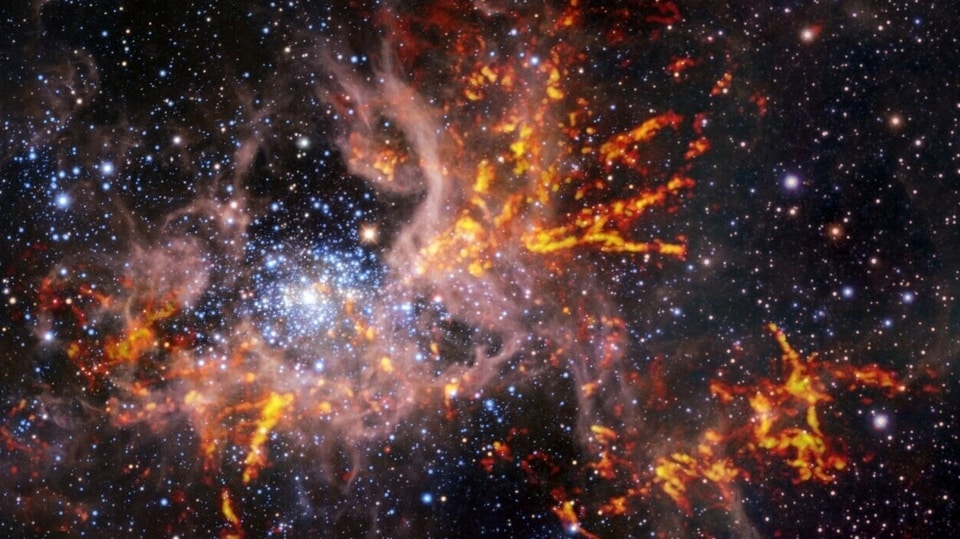
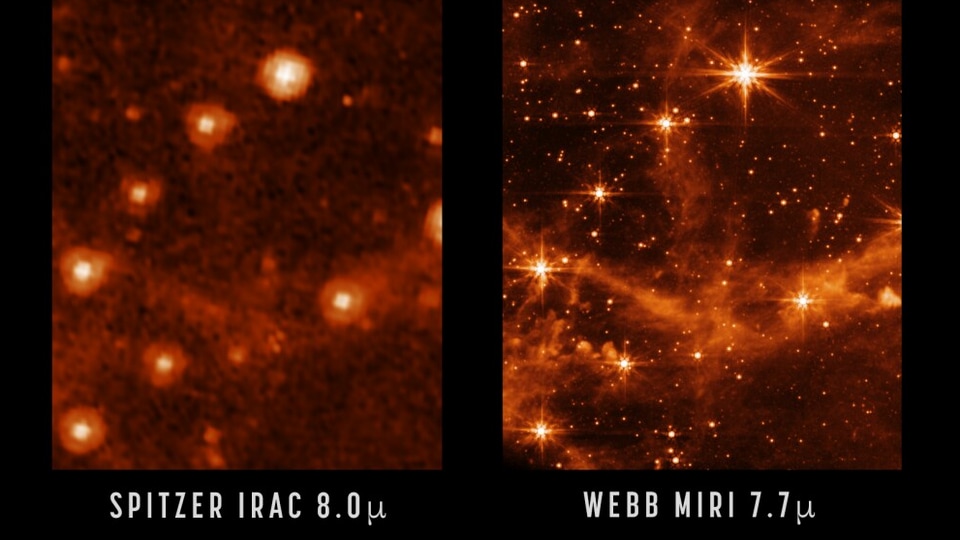
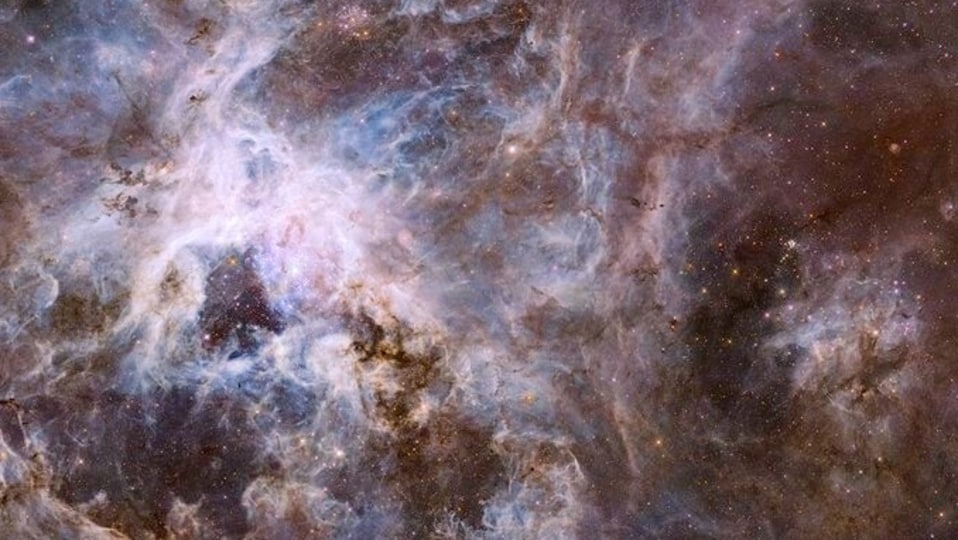


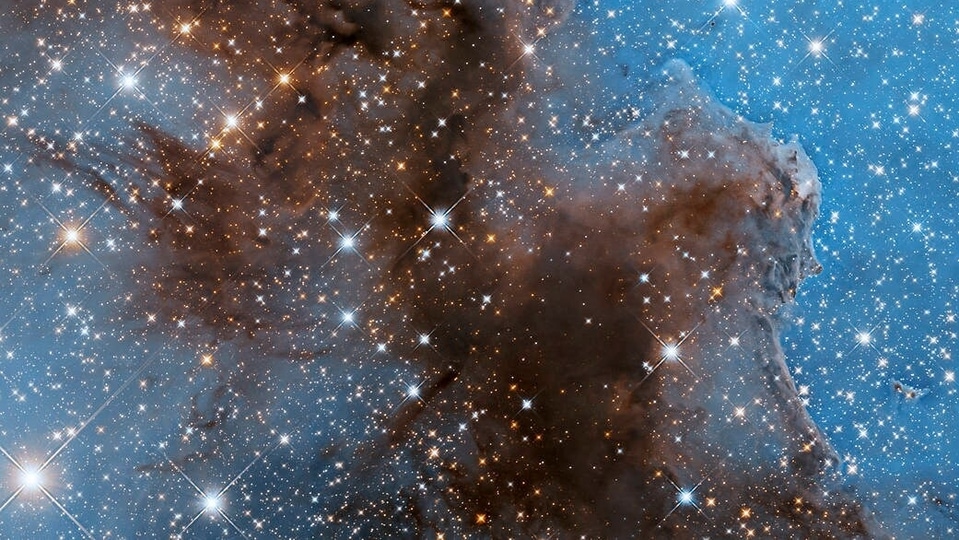
 View all Images
View all ImagesJust a few days after snapping a mesmerising image of the “cosmic cliffs” of the Carina Nebula that was taken by the James Webb Space Telescope and shared by NASA, another breathtaking view of the Nebula has been captured by the Hubble Space Telescope. It is actually one of the Hubble Telescope's most-imaged objects. The image looks quite sparkling, highlighting the Carina Nebula. It is a dynamic area of the sky with bursts of star formation occurring alongside star deaths.
The Carina Nebula, NGC 3372, is a humongous cloud of gas and dust with bright and humongous stars. At least a dozen of these stars are 50 to 100 times the mass of our Sun. This Nebula is about 7500 light-years from Earth in the southern constellation Carina. Why does it glow? The reason is that it is an emission nebula, which means that the intense radiation from its stars ionizes the gas and causes it to glow.
NASA has also revealed that Carina Nebula was originally discovered from the Cape of Good Hope, South Africa by Nicolas Louis de Lacaille in 1752. However, over the period of time with the advancement of the technology, scientists have kept on making new discoveries within this Nebula.
Hubble Telescope's Tech behind Carina Nebula image
The Hubble Telescope's infrared light imaging capabilities helped to capture the extremely close up shot of the Carina Nebula. This technique helps to detect longer wavelengths of light not scattered by the heavy dust and gas surrounding the stars.
You should know that the image doesn't show the entire Nebula, instead it reveals only a small section of the nebula, located near the center in an area with thinner gas. Due to its vast size spread over 300 light-years, astronomers can only study it in smaller sections.
The fun fact is that it is even visible with the unaided eye from Earth's southern hemisphere!
Catch all the Latest Tech News, Mobile News, Laptop News, Gaming news, Wearables News , How To News, also keep up with us on Whatsapp channel,Twitter, Facebook, Google News, and Instagram. For our latest videos, subscribe to our YouTube channel.



